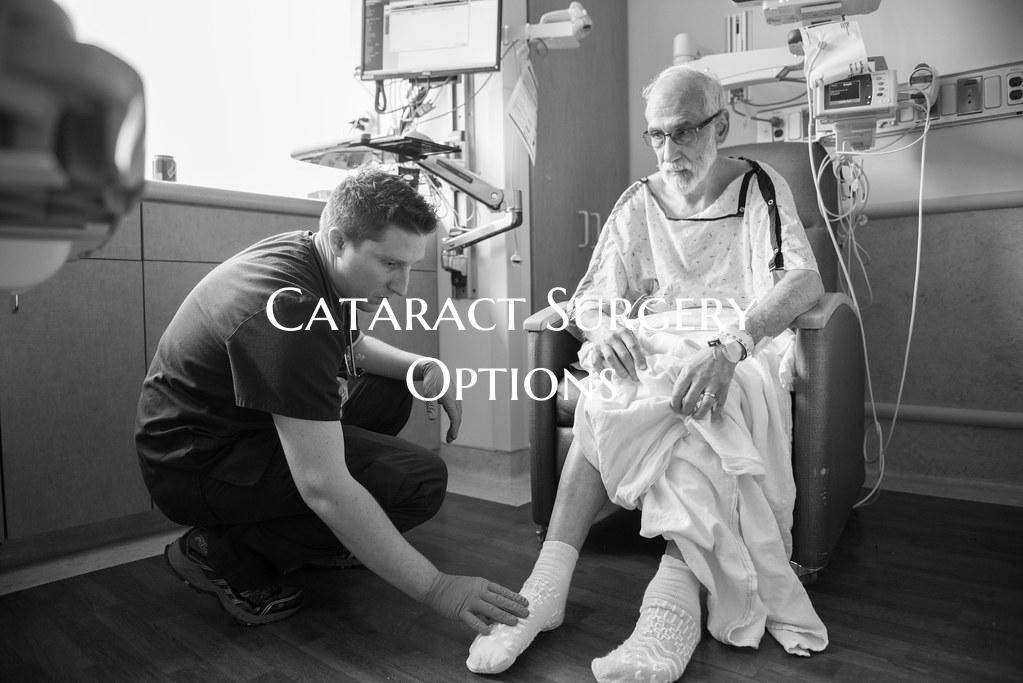
Cataract Surgery Options
Cataracts are a common age-related condition that affects the clarity of the lens in the eye, leading to blurred vision and difficulty with daily activities. When cataracts start to interfere with your vision and quality of life, cataract surgery is often recommended as an effective treatment option. Understanding the different cataract surgery options available can help you make an informed decision about the best approach for your individual needs.
1. Traditional Cataract Surgery: Traditional cataract surgery, also known as phacoemulsification, is the most common method used to remove cataracts. During this procedure, a small incision is made in the cornea, and a probe is inserted to break up the cloudy lens using ultrasound waves. The fragmented lens is then removed, and an artificial intraocular lens (IOL) is implanted to replace the natural lens, restoring clear vision.
2. Laser-Assisted Cataract Surgery: Laser-assisted cataract surgery is an advanced technique that uses a laser to perform certain steps of the cataract removal process. The laser is used to create precise incisions in the cornea and to soften the cataract for easier removal. This technology can potentially improve surgical outcomes and reduce the risk of complications compared to traditional cataract surgery.
3. Premium Lens Options: During cataract surgery, you have the option to choose from a variety of premium IOLs that can correct vision problems such as astigmatism, presbyopia, and nearsightedness or farsightedness. Some premium IOLs can provide clear vision at multiple distances, reducing or eliminating the need for glasses after surgery. Discussing your visual goals and lifestyle with your eye surgeon can help determine the most suitable premium IOL for your needs.
4. Monovision: For individuals who want to reduce their dependence on glasses after cataract surgery, monovision is a possible option. With monovision, one eye is corrected for distance vision, while the other eye is corrected for near vision. While this technique may take some time to adjust to, many patients find it effective for performing daily tasks without the need for reading glasses.
5. Posterior Capsule Opacification Prevention: After cataract surgery, some patients may develop a condition called posterior capsule opacification (PCO), where the back part of the lens capsule becomes cloudy, causing blurry vision. To prevent or treat PCO, a simple laser procedure called a YAG laser capsulotomy can be performed to clear the clouded membrane, restoring clear vision.
Regardless of the cataract surgery option you choose, it is essential to discuss your expectations, visual goals, and any concerns with your eye surgeon. By understanding the available options and working closely with your healthcare provider, you can make an informed decision that will help you achieve the best possible outcomes and regain clear vision.